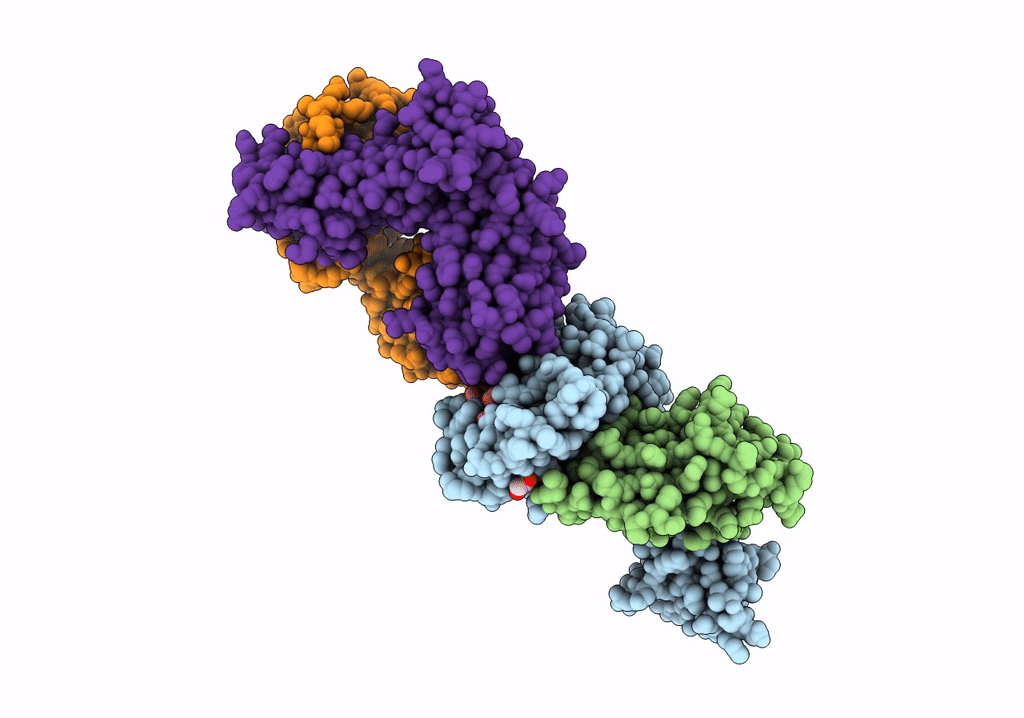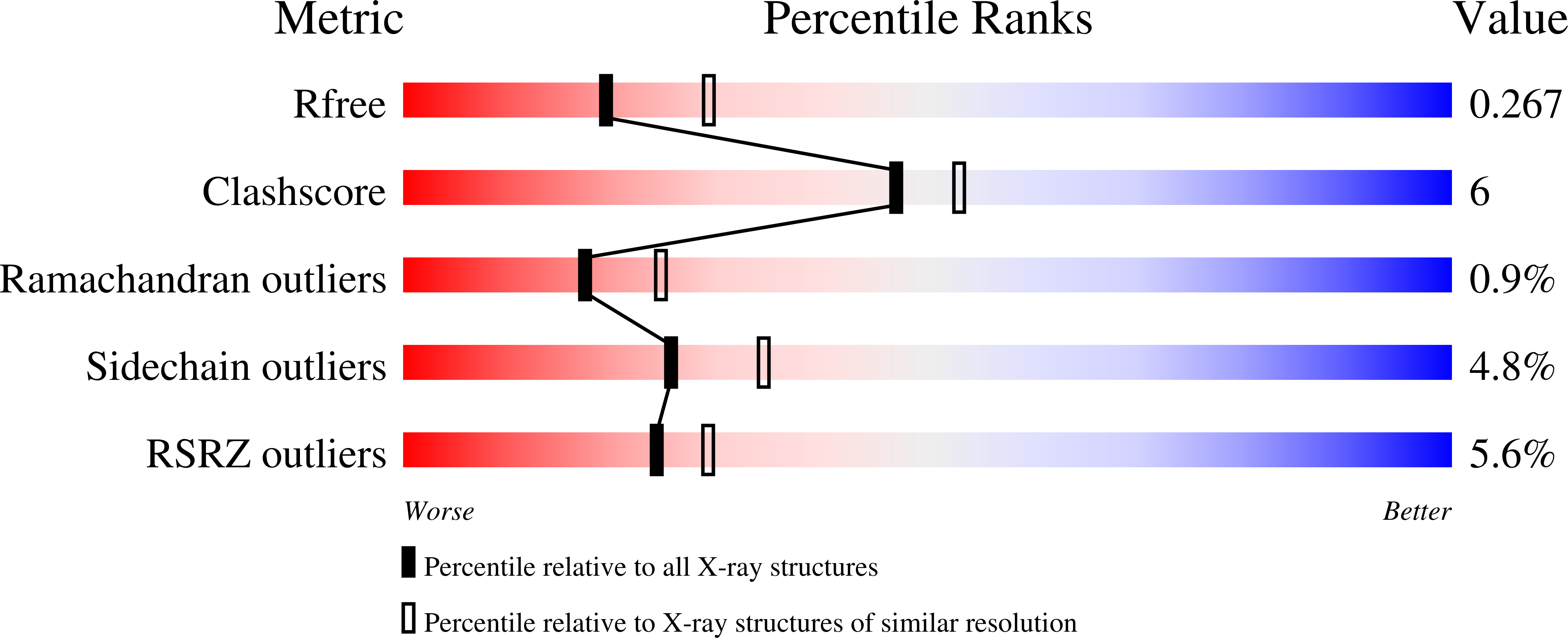
Deposition Date
2021-11-12
Release Date
2023-02-22
Last Version Date
2024-11-20
Entry Detail
PDB ID:
7Q99
Keywords:
Title:
MHC Class I A02 Allele presenting NLSALGIFST, in complex with Mel5 TCR
Biological Source:
Source Organism:
Homo sapiens (Taxon ID: 9606)
Host Organism:
Method Details:
Experimental Method:
Resolution:
2.55 Å
R-Value Free:
0.27
R-Value Work:
0.21
R-Value Observed:
0.22
Space Group:
P 43


